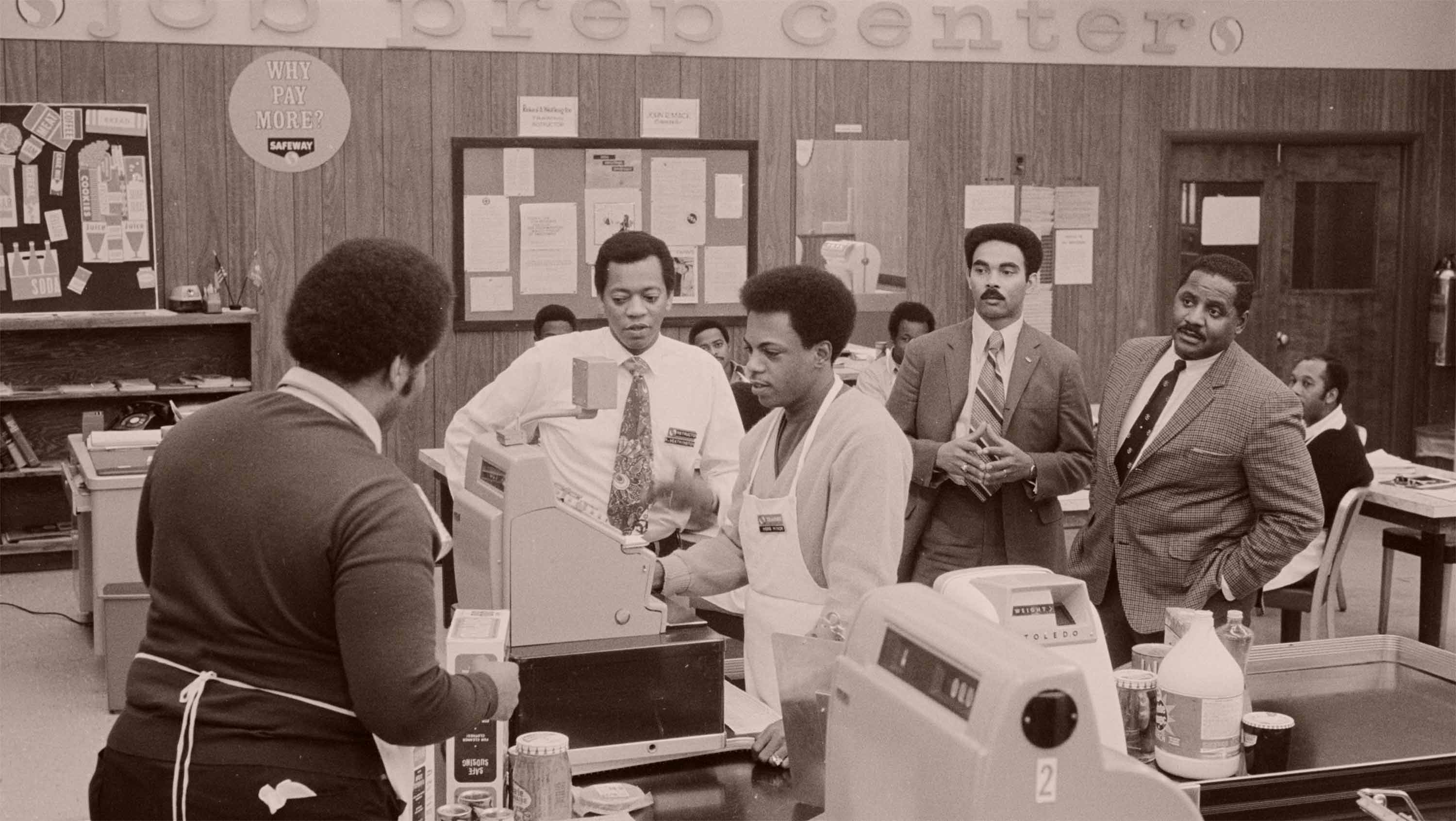A couple of factors complicate the hypothetical. For one, benefit caps limit the potential replacement rates for middle-class workers. Only about half of states offer benefit sizes that could possibly insure 40 percent of a $70,000 salary. Second, this scenario assumes that both workers qualify and receive benefits.
As discussed in the previous section, the actual amount of UI coverage the families can expect is much lower when factoring in that three-quarters of unemployed workers receive nothing. If each family received statistically average benefit coverage, the Andrews’ annualized pre-tax income would fall from $70,000 to $7,700 when their one salaried worker was laid off, while the Billups’ income would descend to $38,850. Although the worker in the Andrews family had an initial salary double that of a Billups’ adult, the Andrews family’s annualized income is around $31,000 below that of the Billups. The Andrews are penalized for preferring to have a parent raise their child at home, and substantially worse off as a result. Separate family-benefit programs such as the Child Tax Credit don’t even come close to resolving this disparity.


















